What do you think of when you think about fine art and its subgenre in photography?
Does it interest you or turn you right off? Let me tell you this, I was one of those people in the “latter” category – just didn't interest me.
So coming as far as I have to produce a piece on the subject means I've definitely stretched my scope and how I perceive it now has changed for life.
So then, you guessed it already, we're having a look into Fine Art Grunge Photography featuring a ton of tips you can begin applying right away without a ton of skills and expensive gear & lighting (a preconception you may have).
Learn Fine Art Grunge Photography
This course guide Fine Art Grunge – learn how to shoot amazing photography and use Photoshop to master your combined skills in this genre. “Go From Merely Editing Your Photos To Creating Awesome Photo-Art Compositions Fit For Print & Canvas.”
What Does “Fine Art” Photography Mean?
Fine Art Photography although does not have a universally defined or agreed meaning, refers to photographs that are created in accordance with the creative vision of the photographer.
It could also be called photographic art or artistic photography that involves more than framing, capturing and a little post processing.
There is more to seeing, composing and letting your creativity flow in creating that final piece of art that could be printed on large canvas.
Of course, some artists who are photographers may just get bored after a while, y'know with just taking photos and doing basic editing in Lightroom or Photoshop.
Something they once found to be a fun thing to do, may eventually get tedious and crave something more, something extraordinary out of their images.
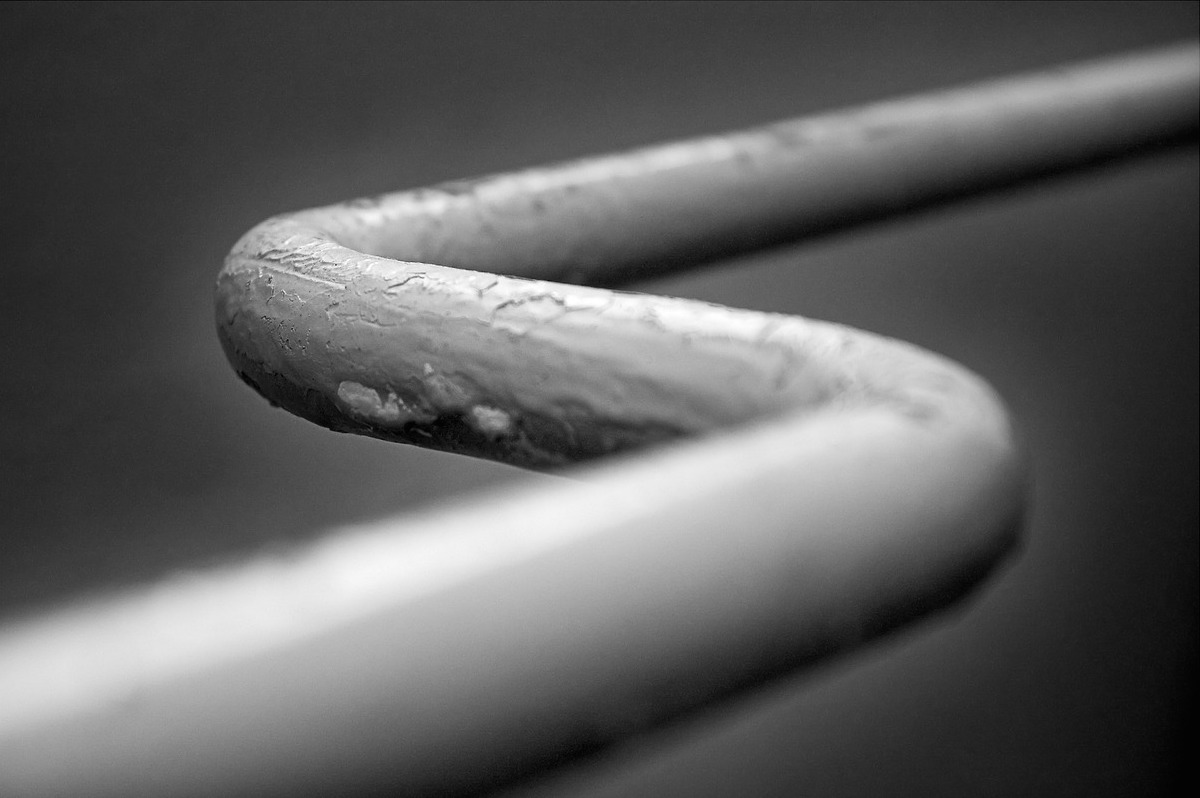
Why Focus on Fine Art?
Fine art photographers do photography in order to express themselves and hence you see more of the photographer than the subject in their images. They simply use subjects to express their ideas and interpret the world around them.
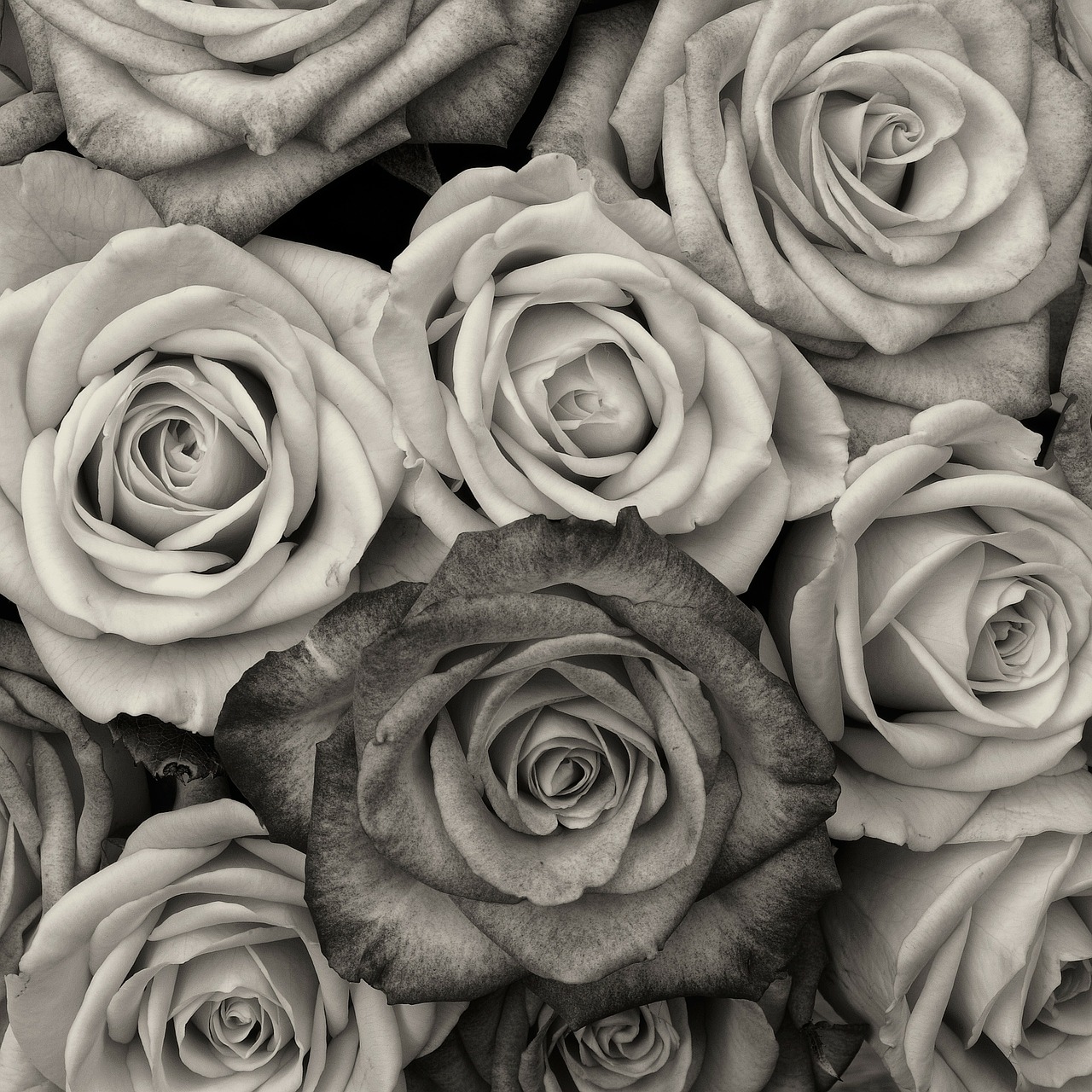
How Do you Create a Fine Art Photograph?
Fine art photographs have a strong message in them and the photographer does not just shoot an image, but executes an idea, the best among the ones they had in mind.
They are skilled and passionate about their subject. The photograph must reveal so much detail that it should feel as though it was created by an artist and not by a camera.
Here Are Some Tips For You That Will Help You Get Started With Fine Art Photography –
It will let your creativity flow and there is no limit to how new art can be created.
Develop or Improve your Visual Skills
This is the most important skill required in creating a fine art photograph.
You as a photographer, do not just “snap” away pictures, but should take your time to study your subject, the shapes, textures and colors available in the frame.
Look at perspectives where the subject and the frame look appealing, look for emotions in the frame, find meanings and themes that will attract the viewer.
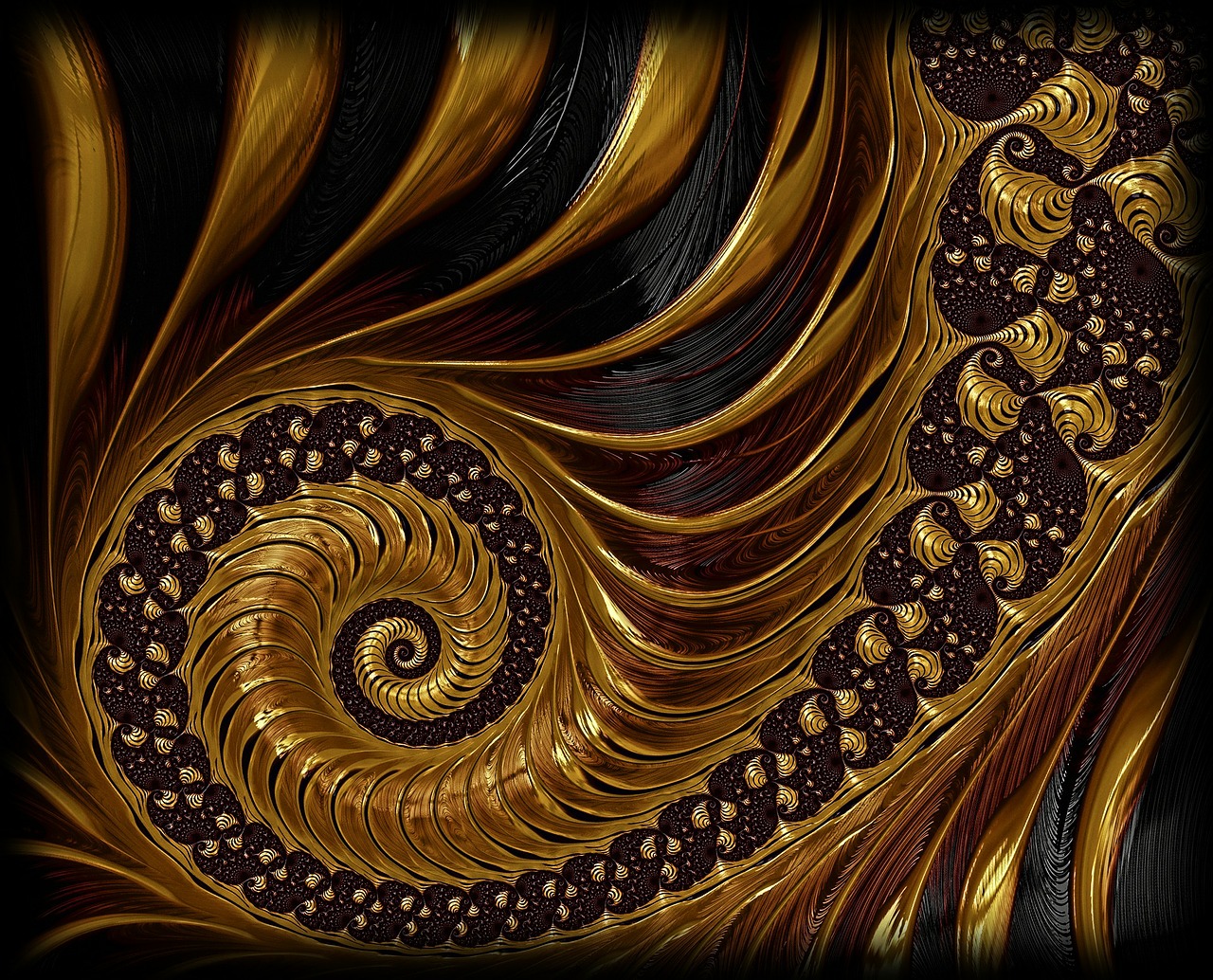
How Can You Develop this Skill?
Look at some of your best pictures and some of your worst pictures, or even pictures of others. Grab a pen & pad and list down what makes you feel that the pictures look the best or the worst.
This will help you further develop skills to take interesting images avoiding mistakes that you have learned from bad images.
Develop your Creativity and Imagination
As an artist, you may be dreaming of creative stuff all the time. If you need a boost, visit art galleries and exhibitions to look at works of others in order to gain inspiration and ideas.
Always plan and draw a picture of what you want to create and how you wish to create it before taking the photograph.
Doing this will keep you going nonstop with creative ideas so that you shoot a few images based on the ideas you have in mind.
Incorporate Emotions and Meanings into Your Photographs
While a piece of art can mean different or evoke different feelings in different people, it is important that as an artist, you incorporate emotions and meanings into your photographs.
People will react or respond to the different emotions and perceptions that you have incorporated in the image.
Post Processing
With the recent access to computers and powerful software, photographers make the best use of these resources to create stunning masterpieces. If you're serious about adding more details or elements or visual information to your photographs, you can make use of photoshop in order to achieve this.
Your art will never be the same after that. You can create intricate and complex art out of your normal day to day photography. How about adding some textures, adding a few layers, edges, some text?
Imagine that you are a painter, adding layers of paint on top of each other to create that piece of art. You do the same in Photoshop. Work with layers!!!
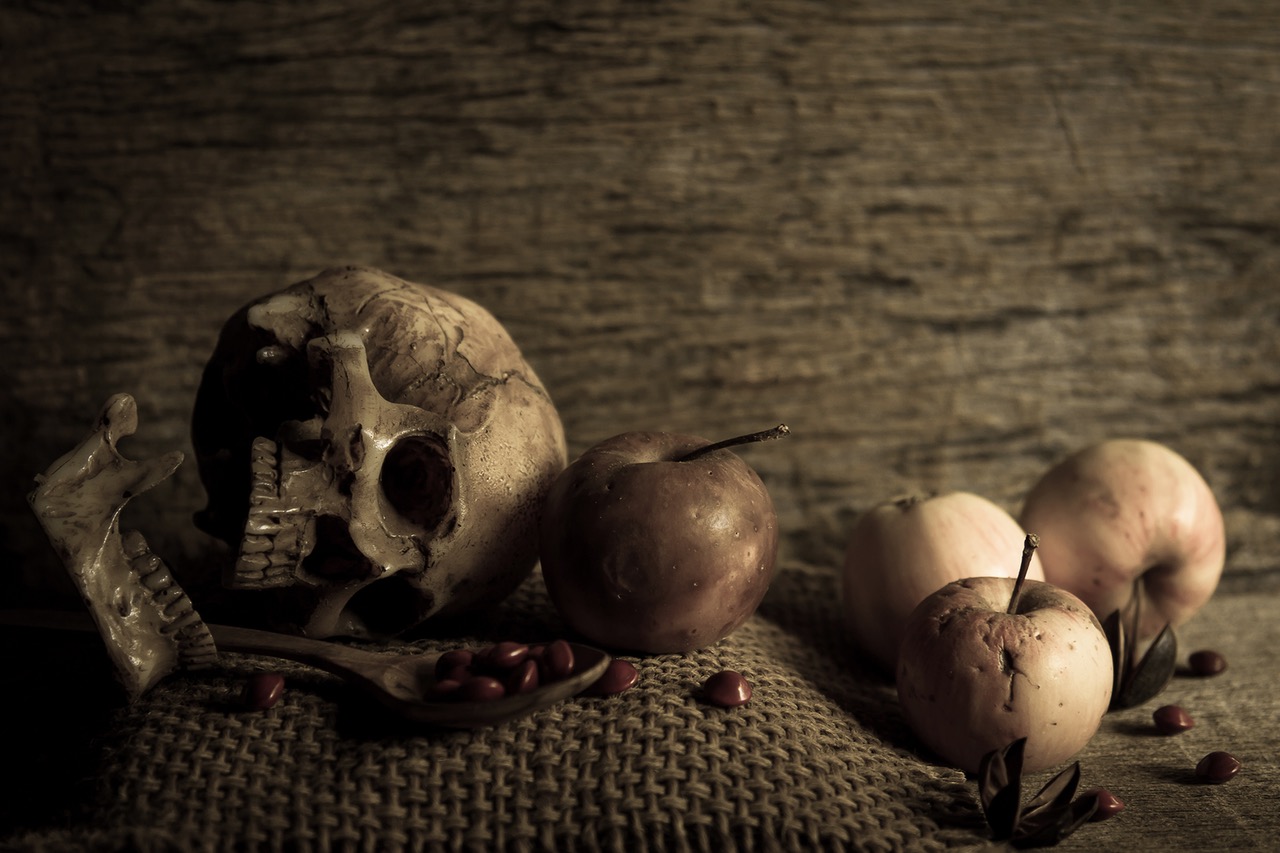
Some Tips to Create Fine Art with the Help of Photoshop
Using Layers and Blend Modes
To make an image more interesting, you can simply add a curves layer on top of the background layer or by duplicating the background and applying a pleasing blend mode to it.
There are quite a few modes that you can play around with. The layer mask feature lets you to selectively choose where you want the effects to show. You'll need to master your brush tool to accomplish various tasks and bring out what you have in your mind.
Adding Textures or Overlays
There are loads of textures available or even better, you can scan and create your own texture library and use them as layers on your images. These, combined with blend modes and layer masks can create photographs with such an artistic feel.
Play around with the opacity and blend modes again to create the effect that tells the story you have in your mind. You will be surprised to discover art that you thought you could never accomplish or that never existed (at least in your mind).
Edge Effects and Typography
How about giving your piece of art a creative edge and some text to express something about the photo?
There's software specifically designed for this purpose or you can download textures or borders that can be used along with your image as layers, that could create these effects or these can be created using Photoshop!!!
Add some beautiful typography to make your art stand out and to impart some depth in its composition.
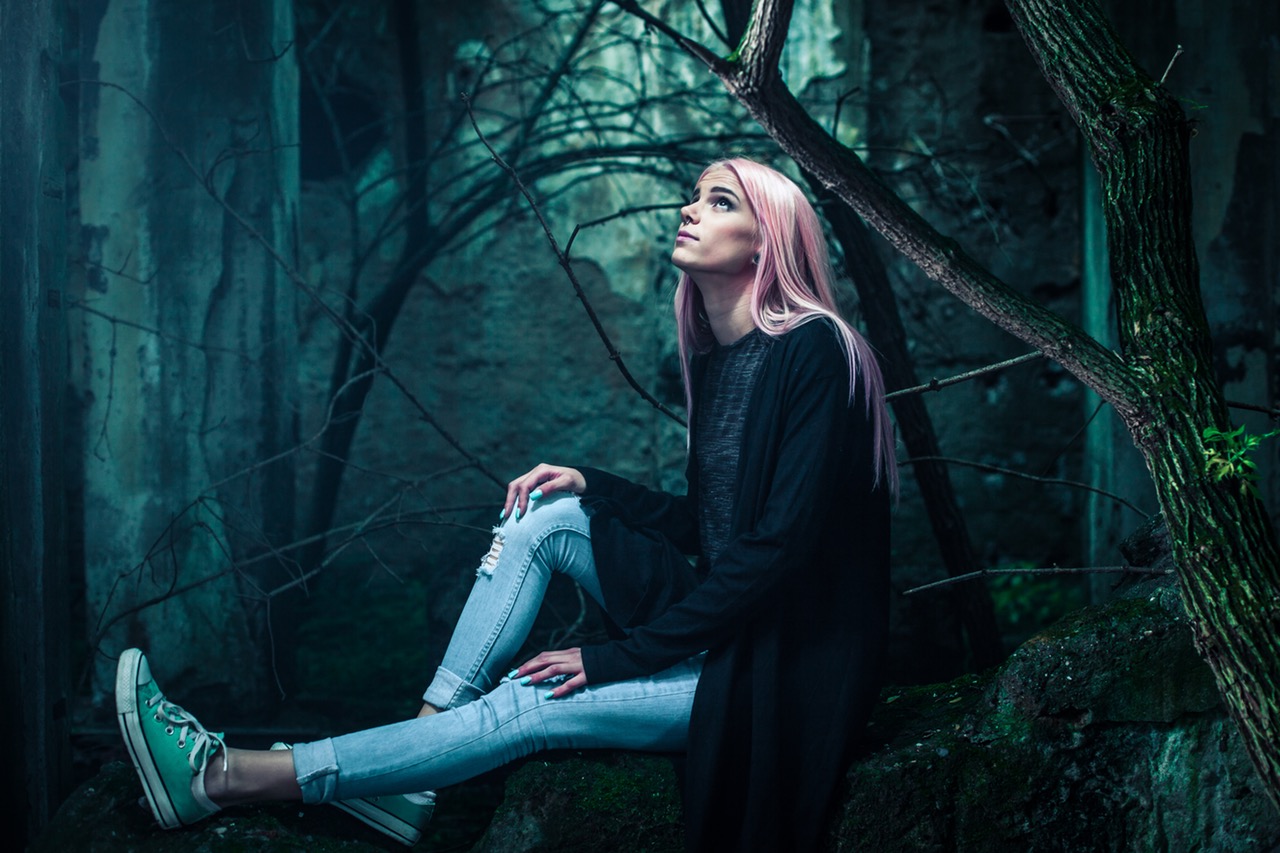
8 QUICK TIPS
- Brainstorm passionate topics, messages that you wish to convey, subjects that you would like to photograph and techniques you would like to incorporate.
- Shoot pictures every day to develop your skills as a fine art photographer and to build your collection.
- Practice composition taking into account what makes a picture appealing and interesting.
- Be patient and persistent; develop your artistic skills by learning new skills and techniques.
- Add an artist statement as it helps the viewers figure out what the artist intended to create and how they created that work. Make this statement artistic too!
- Build or develop a technique for yourself as you will need to build a portfolio that has a coherent style.
- Bring your vision to life, do not worry about what others will think.
- Abstract your photograph; that doesn’t mean making your photograph unrecognizable, but to make it simple by removing unwanted details and keeping important information.
Be sure to head on over and look at how Fine Art Grunge could absolutely transform your fine art photography from same old week-in-week-out to comments like “wow – it looks absolutely surreal”
Further Resources
- A Perfect Introduction To Fine Art Photography And Its Finesse by Dzvonko Petrovski
- How Surrealist Art Has Impacted Photography by James D Ellis
- Photography Isn’t Art. Or is it? by James D Ellis





2 Comments
Interesting article, Dahlia – stimulating people to become more creative.
Developing “the eye” is fundamental to the process of creative art. However at the end of the day, it’s a “necessary condition” but not a “sufficient condition”. Without it, nothing is going to hit the target (except by chance). But even with it, a lot more is required, before we can produce great images.
As an aside, I am a firm believer in printing our photos. Obviously, very few will print ALL of them. But there are millions – perhaps billions, even – of people out there now, who never seem to get past digital images, digital storage, and digital circulation & distribution (via emails, tablets, smartphones, etc) And producing prints also enhances our skills as photographers – a lot more perhaps than simply tooling around in post processing, before hitting that button “Save for web”.
The transition from transmitted to reflected light, to view the images, is only part of it. The whole image undergoes substantial change, when it comes off the limitations of pixels on a screen, to an image on paper.
Thank you for taking the time to share your thoughts on this Jean. I understand what you mean. Seeing the photos printed is such a joy and it doesn’t compare to those digital ones we see on the screen…I totally agree. Although not always, printing the most favourite ones, once in a while is better I think 🙂